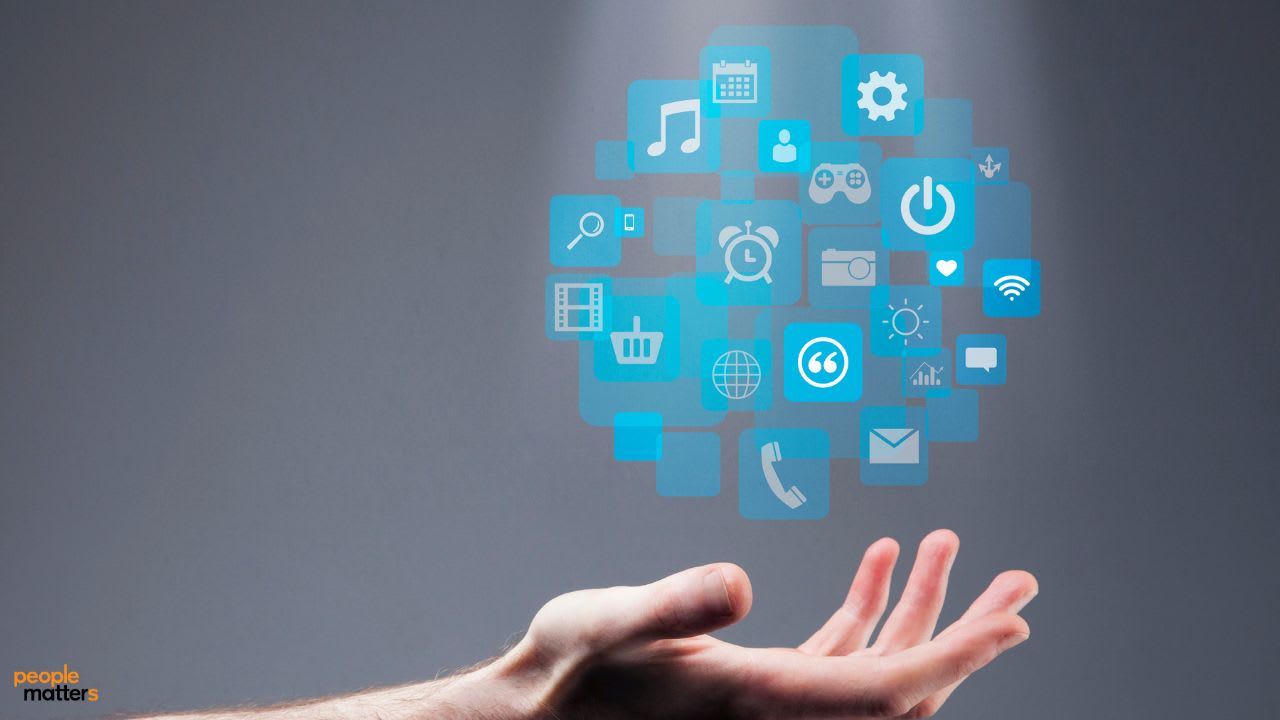Digital overload: Wellbeing in a hyperconnected world

Our digital devices are a double-edged sword. They offer incredible tools for efficiency and connection, yet constantly bombard us with notifications, updates, and demands on our attention. This digital overload can make it incredibly difficult to find a balance between productivity and well-being.
We strive to check off our to-do lists, but the constant pings and distractions leave us feeling stressed, depleted, and ultimately, less productive. It's a vicious cycle: we turn to technology to accomplish more, but end up feeling overwhelmed and burnt out.
This article explores practical strategies for navigating the digital age without sacrificing your mental health. We'll delve into techniques for mindful technology use, creating boundaries, and prioritising self-care in the face of overwhelming digital distractions. By implementing these strategies, you can reclaim your focus, boost your well-being, and achieve a sustainable level of productivity that doesn't come at the cost of your inner peace.
The effects of digital overload on mental health
Research published in Frontiers in Psychology examined the relationship between social media use and work efficiency. While they found that work-related social media use can be positive, overuse leads to a significant decrease in efficiency.
Increased reliance on technology often leads to more sedentary behaviour at work. Prolonged sitting has been linked to various health problems, including decreased energy levels and reduced cognitive function, which can affect productivity.
Indeed, digital overload, the overwhelming influx of information and demands from our devices, takes a significant toll on mental health. Constant connectivity can lead to a state of hyper-arousal, where our brains are always "on," making it difficult to relax and recharge. This can manifest in various ways:
Increased stress and anxiety. The pressure to keep up with emails, messages, and social media notifications can create a constant feeling of being overwhelmed. This can lead to chronic stress, anxiety, and even panic attacks. Our brains are not wired to process such a high volume of information, leaving us feeling mentally exhausted and emotionally drained.
Sleep disturbances. The blue light emitted from screens interferes with melatonin production, a hormone that regulates sleep. Late-night scrolling or working on devices before bed can disrupt sleep patterns, leading to insomnia and poor sleep quality. Lack of sleep further exacerbates stress, impairs cognitive function, and negatively impacts mood.
Also Read: Fatigue vs productivity: The hidden cost of overwork
Depression and low self-esteem. Social media, with its curated portrayals of perfect lives, can fuel feelings of inadequacy and low self-esteem. Constant comparisons and the pressure to present a flawless online persona can contribute to depression and anxiety. Furthermore, excessive time spent online can lead to social isolation and loneliness, worsening mental health issues.
Difficulty concentrating and focusing. Digital overload fragments our attention, making it challenging to focus on tasks and retain information. Constant notifications and the urge to check our devices interrupt our thought processes, leading to reduced productivity and increased errors. This can affect performance at work, school, and in personal life.
Burnout. The constant pressure to be "on" and available digitally can lead to burnout, a state of emotional, physical, and mental exhaustion. Burnout is characterised by feelings of cynicism, detachment, and a lack of accomplishment. It can significantly impact our motivation, productivity, and overall well-being.
It is crucial to recognise the signs of digital overload and take steps to manage our technology use. Setting boundaries, prioritising self-care, and practising digital detox can help mitigate the negative effects and promote mental well-being in our increasingly digital world.
Also Read: Digital fatigue: A welcome mat for cyber attacks?
How to combat digital overload
Mindful technology use involves being intentional and aware of how we interact with our devices, fostering a healthier relationship with the digital world. It's about making conscious choices that align with our values and well-being, rather than passively succumbing to the addictive pull of technology.
One fundamental technique is setting boundaries. This means designating specific times and spaces where technology is off-limits, such as during meals, family time, or an hour before bed. Creating tech-free zones allows us to be fully present in the moment and engage in activities that nourish our minds and bodies. It's also crucial to establish limits on the type and amount of information we consume. Curating our social media feeds, unsubscribing from unnecessary emails, and turning off non-essential notifications can significantly reduce digital noise and mental clutter.
Another key aspect of mindful technology use is cultivating self-awareness. Pay attention to how different apps and platforms make you feel. If you notice that certain social media platforms trigger feelings of inadequacy or anxiety, consider limiting your time on them or even deleting them altogether.
Similarly, be mindful of the urge to constantly check your phone. Before reaching for your device, pause and ask yourself: "What am I seeking from this interaction?" and "Is this the best use of my time and attention?"
Furthermore, mindful technology use involves engaging with technology in ways that support our well-being. This could mean using apps for meditation or mindfulness exercises, listening to calming music, or connecting with loved ones through video calls. It's about harnessing the positive aspects of technology while minimising its potential downsides.
Ultimately, mindful technology use is about finding a balance. It's about integrating technology into our lives in a way that enhances our well-being rather than detracting from it. By being present, intentional, and self-aware, we can cultivate a healthier and more fulfilling relationship with technology.


